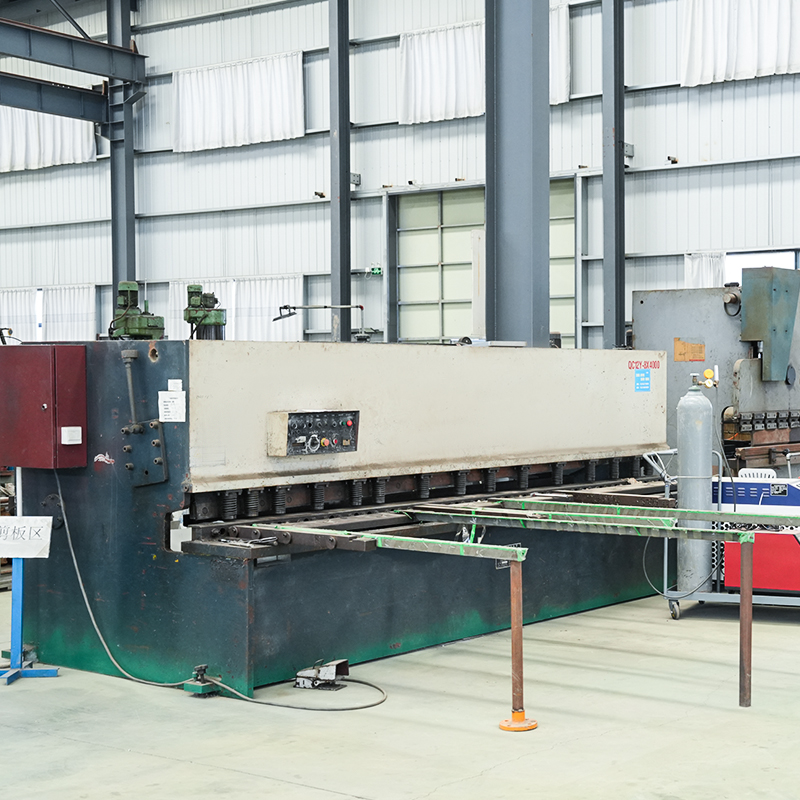Gas automatic relief valve, gas relief valve, safety relief valve
The automatic gas relief valve is a safety device used to adjust the pressure in the gas system to ensure the stable operation of the system. The valv...
See DetailsIn the realm of gas production, the energy consumption of equipment directly influences operational expenses and environmental impact, while the size and portability determine its adaptability to diverse site conditions. Conventional fixed, large-scale units frequently encounter substantial challenges in transport and high installation costs when deployed in remote or harsh environments. Therefore, the development of compact, energy-efficient gas production systems that can be rapidly deployed does not just comply with environmental imperatives; it also empowers companies to keep costs in check and enhance operational agility.
Compact and mobile gas production units exhibit remarkable flexibility across various on-site environments—from rugged mountainous terrain to the outskirts of offshore platforms. With minimal tools and personnel, transport and setup become significantly simplified, slashing installation time, logistics costs, and labor expenses. Moreover, these units can be swiftly relocated or redeployed in response to shifting project demands, exponentially increasing asset utilization and scheduling flexibility. Such qualities make them ideal solutions for distributed gas extraction initiatives where adaptability and economy are paramount.
Energy-efficient design revolves around optimizing thermal management, reducing consumption, and streamlining processes. One effective approach involves harnessing waste heat recovery systems, which repurpose exhaust heat to preheat input gas or power auxiliary systems, thereby mitigating thermal losses. Enhancing compressor efficiency, refining combustion control, and minimizing idle operation further reduce energy draw. Additionally, embedding intelligent monitoring and adaptive regulation within control systems ensures the equipment persistently operates at peak efficiency, dynamically matching performance to demand.
The primary aim of methane treatment systems is to eliminate impurities—such as moisture, sulfides, and carbon dioxide—while elevating methane purity and assuring downstream gas quality. Treatment typically unfolds over sequential stages: initial separation, adsorption or membrane-based purification, followed by dehydration and desiccation. Design criteria must address inter-stage integration, pressure drop minimization, and the balance between throughput and selectivity when choosing adsorbents or membrane media. Equally critical is a layout that facilitates maintenance—simplified access to replace filters or media and streamlined cleaning operations to ensure consistent performance over time.
Mobile systems must satisfy requirements for modularity, swift assembly, and ease of transport and disassembly. Design considerations include weight minimization, compact footprint, standardized quick-connect joints for modules, and rapid coupling for gas and electrical interfaces. Operationally, reducing on-site debugging and providing accessible pathways for leak detection and pressure balancing curtail personnel workload. Simultaneously, protective casing and structural shielding ensure that even when deployed under challenging environmental conditions, the unit maintains reliable functionality.
Though operating at lower pressures, these systems still carry notable leakage hazards. Ensuring the integrity of sealing mechanisms and installing real-time leak detection sensors are imperative. Efficiency gains may be achieved by optimizing the pressure drop and gas flow rates to enhance energy transfer. Selecting corrosion- and abrasion-resistant materials for pipes and valves extends system longevity. Implementing redundant safety interlocks and emergency shutoff valves further safeguards both personnel and equipment, enabling rapid disconnection in unforeseen circumstances.
The linchpin of integrating these attributes lies in cross-disciplinary convergence. Energy-saving strategies should coexist with lightweight structural design—innovative material choices can diminish system weight without sacrificing durability. Intelligent controls must encompass energy management, safety surveillance, and remote diagnostics. Modular engineering facilitates portability, simplifies maintenance, and enables isolated repairs or upgrades. The ideal gas production system is an intelligent, high-performing, lightweight, and secure unit that adapts to varied deployment scenarios and dynamic operating conditions—all while maintaining cost-effectiveness and advancing long-term operational sustainability.

Contact Us